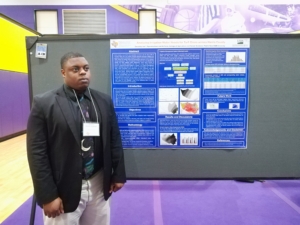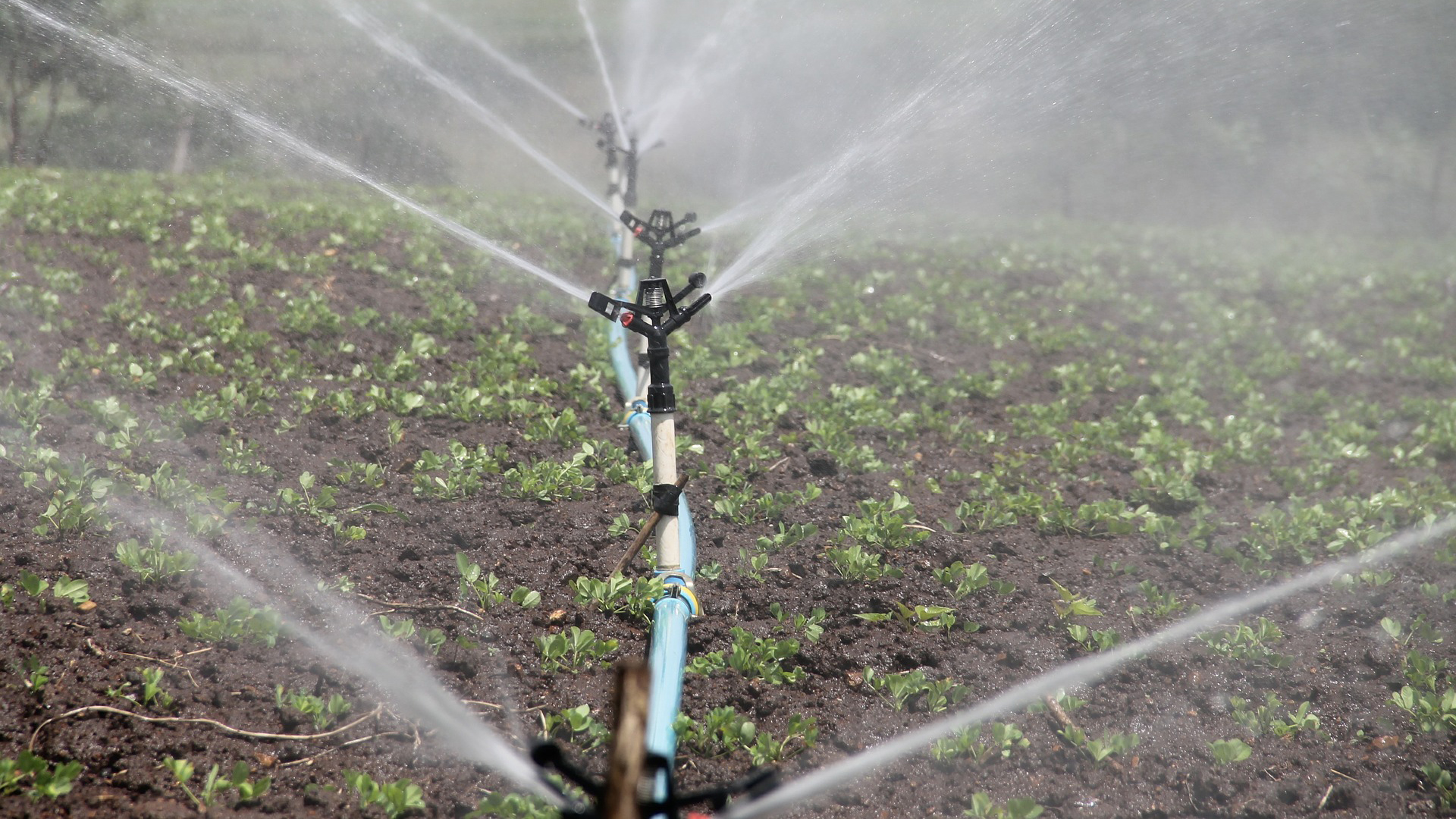August 6, 2018 – Harris County is the third most populated counties in the US. About 30% of domestic water use is for outdoor activities especially landscape irrigation and gardening. Optimum landscape and garden irrigation contribute to substantial water and energy savings and consequently reduction of CO2 emission into the atmosphere.
A study is underway in the Cooperative Agricultural Research Center at Prairie View A&M University to address the issue of optimizing irrigation methods. The research study intends to estimate site-specific turfgrass irrigation water requirements and the corresponding energy use and CO2 emission across Harris County. The selected approach was to implement the Irrigation Management System (IManSys) based on site-specific soil hydrological data, turfgrass water uptake parameters (root distribution and crop coefficient), and daily rainfall and reference evapotranspiration to calculate turfgrass irrigation water demands across the county. The IManSys outputs included irrigation requirements (IWRs), runoff, and drainage below the root system. Researchers sought to calculate the savings in turf IWRs and energy and their corresponding reduction in CO2 emission.
The results showed irrigation water requirements decreased moving across Harris County from its northwest to its southeast corners. However, the opposite happened for the runoff and excess drainage below the root zone along the same direction. The main reason for this variability was due to the combining effect of rainfall, reference evapotranspiration, and soil types. The study concluded that if the annual irrigation water use is higher than the optimum water requirement by one inch, the yearly irrigation water loss will be 2,760 million gallons, corresponding excess energy use will be 4,413 MWh, and CO2 emission will be 2,599 metric tons. In the final analysis, if turf grass irrigation efficiency can be achieved, the implications of this research will increase knowledge about the controlled application of water to land or crops at needed time intervals. Moreover, it will assist other counties in adopting similar practices, thereby reducing CO2 emission, and conserve water and energy to help Texas producers and residents promote ideal plant growth, and maintain landscapes.

*The student researcher featured in this article is Devontey Lee, senior agriculture major. For more information about this work, visit our Cooperative Agricultural Research Center online or contact Principal Investigators, Ripendra Awal, Ph.D. and Ali Fares, Ph.D.
This work was supported by the USDA National Institute of Food and Agriculture Evans-Allen 1890 Research Formula Program project under Section 1445.

Ripendra Awal, Ph.D.
Research Scientist
riawal@pvamu.edu
(936) 261-5092

